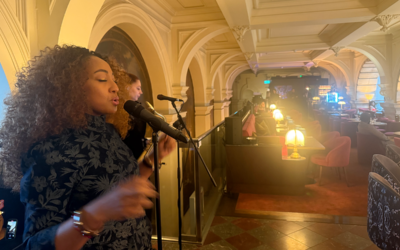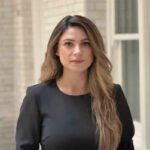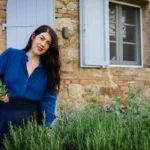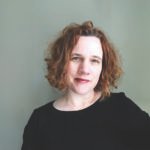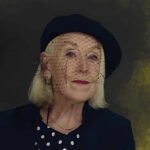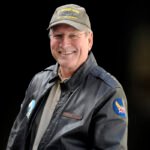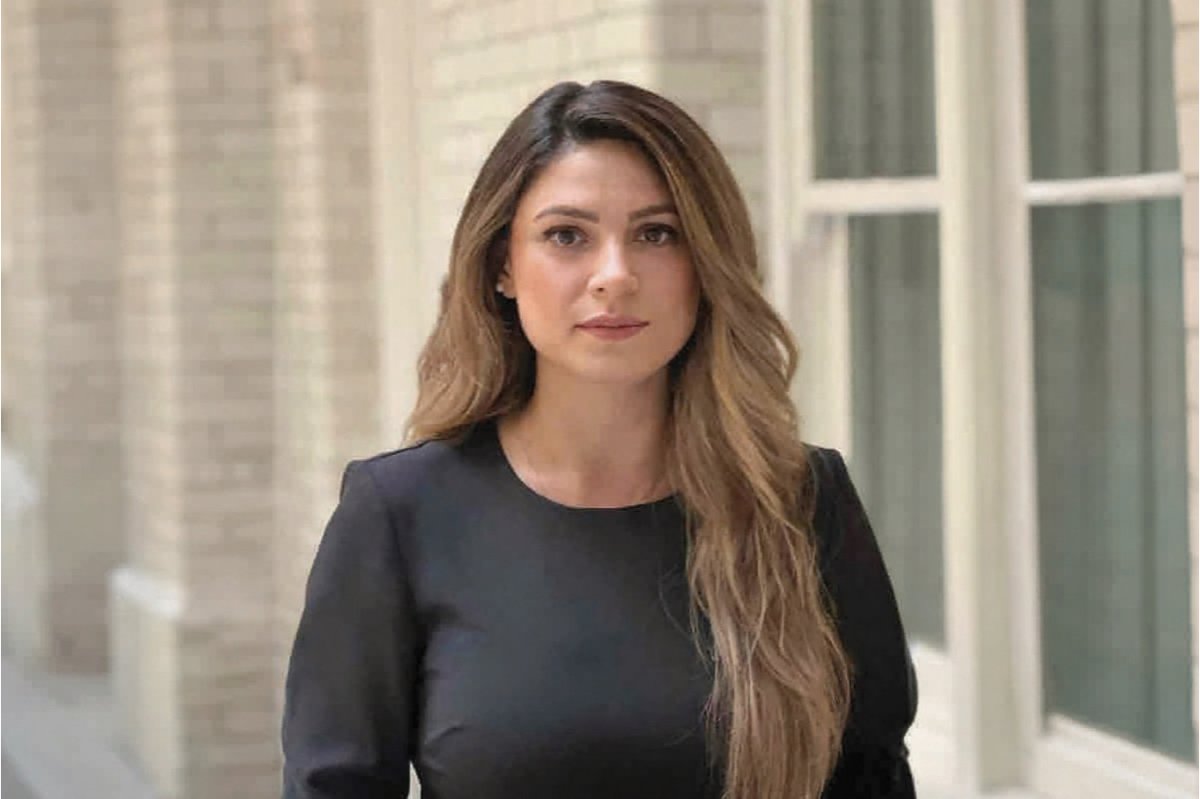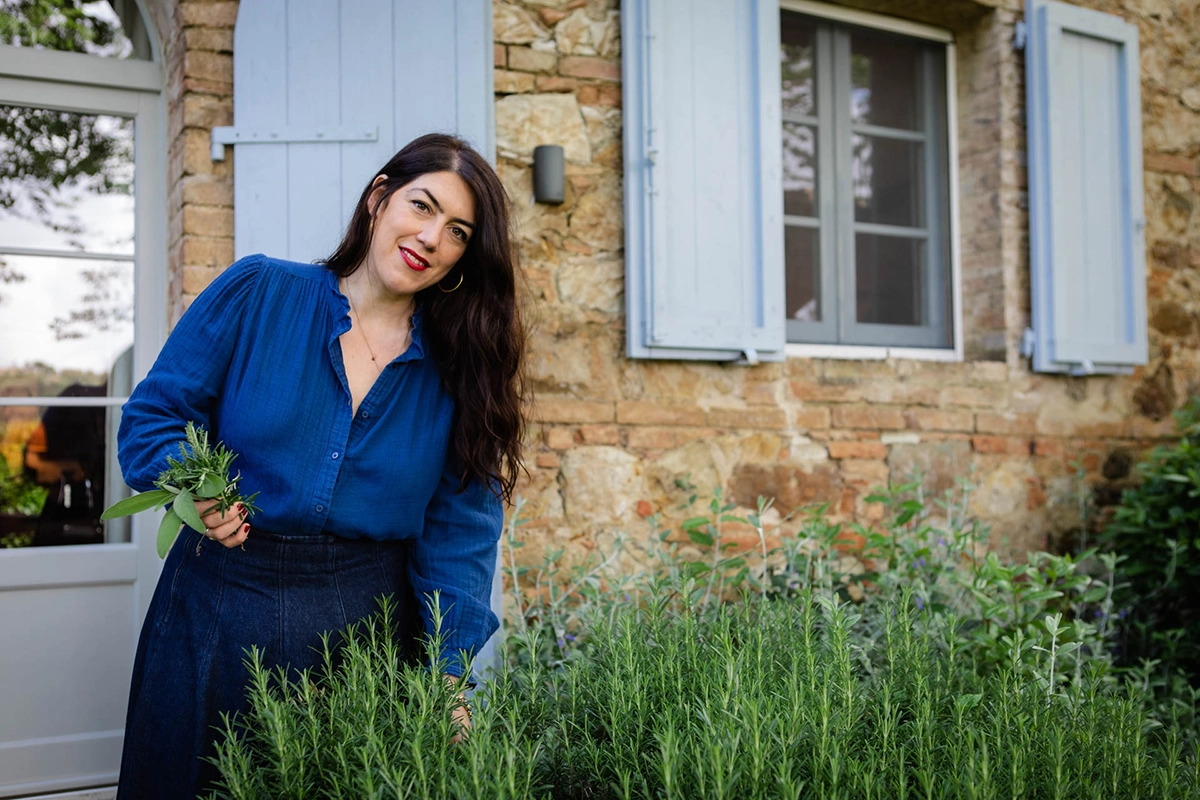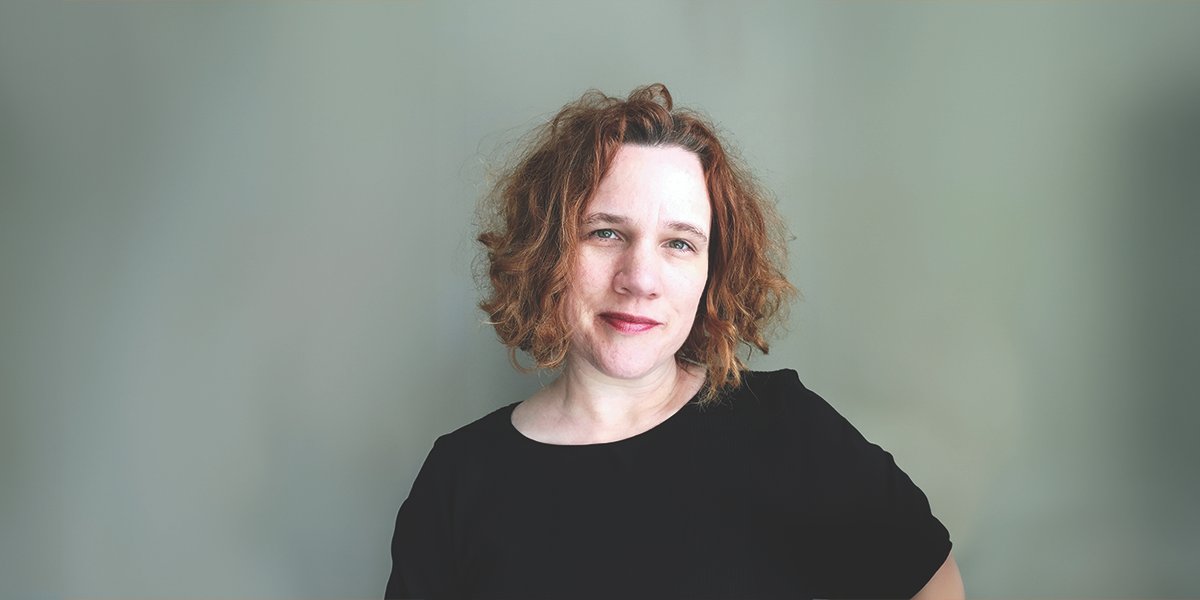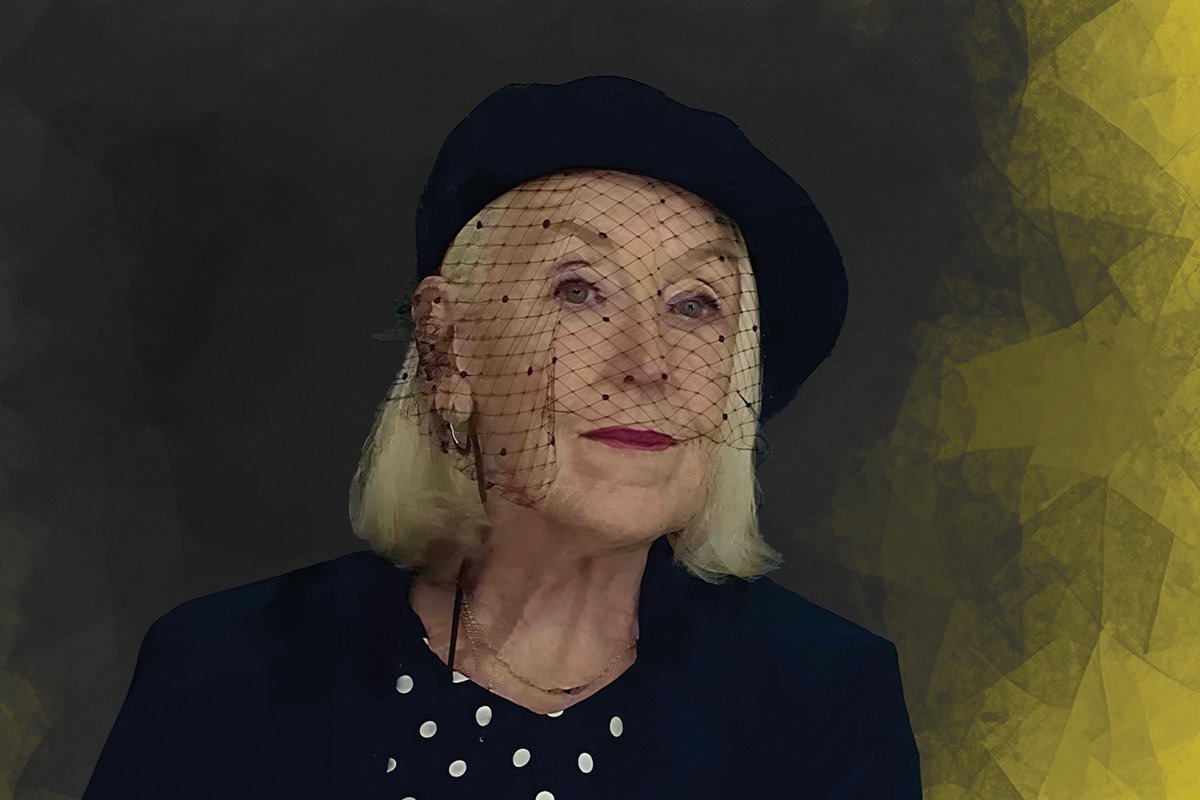Bridging Reality and Imagination

Artist Yesra Guzel explores the blurred boundaries between the natural world and surrealism in her captivating visual storytelling
Yesra Guzel’s art fuses surrealism with nature, reimagining daily life through imaginative compositions that blur the boundaries of reality. Her work encourages deeper connections with the familiar and the extraordinary.
Yesra Guzel invites us to reconsider the world through her mesmerizing artistry. Her work elegantly transforms the everyday, capturing seemingly mundane objects and experiences and placing them in vivid, surreal contexts that make us pause and look again. Guzel’s imaginative approach doesn’t simply offer a new perspective; it challenges the boundaries between reality and imagination, inviting the viewer to engage with the profound beauty hidden within the simplest moments. Her unique talent for blending natural elements with surrealism creates a delicate balance between the real and the fantastical, producing artwork that is both accessible and deeply thought-provoking.
As an artist and philosopher, Yesra Guzel’s creations are imbued with layers of meaning, inspired by her intimate connection with nature and her intellectual rigor. Her acclaimed *Flying Houses* series, which explores themes of home, displacement, and the intertwining of human life with the natural world, is a testament to her skill at merging simplicity with complexity. Through her use of watercolor and the precision of the rapido pen, Guzel captures the intricacies of life, drawing attention to details that might otherwise go unnoticed. Her work encourages viewers to see beyond the surface and engage with their surroundings in a more thoughtful and imaginative way.
Yesra Guzel masterfully combines surrealism with nature, creating art that transforms everyday life into a profound visual narrative.
Your work reimagines the ‘simple’ things we often overlook in daily life, placing them in surreal contexts. What inspires you to focus on these mundane objects, and how do you decide which ones to bring into your artistic vision?
There are things that shine in daily life, nature and routine. There are moments in his routine without seeking approval from anyone or knowing that he is noticed by anyone. Here I photograph those moments. Think of these as naturally taken photos being more beautiful. Nature and everyday life are incredibly inspiring in their own right. I take screenshots of naturally occurring moments, assuming that no one sees or hears them, and blend them with other ideas in routine life. That’s why I can say that my mind is filled with a pile of screenshots.
You’ve mentioned that, unlike Dali’s ‘clock hanging on a tree,’ your surreal elements are always in action or in focus. How do you see the relationship between motion, focus, and imagination in your drawings, and what role does this play in creating a sense of reality within your surreal worlds?
In my drawings, the central and always moving elements are all animals. I can talk about this especially in my Flying Houses Series. Houses placed inside a bubble stand surrounded by animal and tree figures. Because I think our home is the home of a deer, an elephant and a bee in the forest. Flying Houses, which I made with the motto that we should build our houses by knowing and understanding this fact, was an idea for a series that came about when I completely lost Antakya (my hometown) in the earthquake. But as an artist, I also embrace the fact that my imagination is based on the elements of nature. Nature is incredible. Nature sees us, knows us, knows us. Even when you think no one sees you, nature actually understands and knows you. This magnificent surreal and at the same time real bond is the source of my imagination.
You describe imagination as ‘reality itself and more.’ Could you elaborate on how you perceive the boundaries between imagination and reality in your art, and how do you aim to challenge or blur those boundaries in your creative process?
I don’t think there is a sharp boundary between imagination and reality as it is known. I think reality is the secret feeder of imagination. The better you draw something as it is, as close to reality as it is, the more creatively you can reach its limits of reality. Picasso has a sentence that I love: First learn the rules like a pro, and then break them like an artist!
Your work navigates the edges of simplicity and complexity, reality and imagination. How do you balance these contrasts in your compositions, and how do you know when a piece has achieved the right harmony between these opposing forces?
I am also a philosopher and therefore I have a discipline of thinking. In order to explain something simply, it is necessary to understand that thing very well, to think about it, and to sleep and wake up with that thing. As you spend time and think about something that seems complex, you learn to see it in a simpler form. I’m an artist still learning to see. The truth is, like all artists, when I look at the world, I see the complexities and breathe in the simple/everyday. I am looking for how to express with my own pen the simplicity, naturalness and minimalism that makes me breathe. This quest is what makes me draw. And I think the more I draw, the more I will reveal this. For this very reason, it is good that Philosophy exists.
Watercolor and rapido pen play distinct roles in your art, with watercolor establishing unity and the rapido pen highlighting key elements. What motivates your choice of these mediums, and how do they help you achieve your vision of emphasizing certain aspects of your drawings?
I speak by drawing, I communicate first with myself and then with the world. And with the rapido pen, I underline whatever I want to underline. Just like the sentences you underline while reading a book.
As an artist who finds meaning in reshaping the familiar, how do you hope viewers will engage with your work? Are you aiming to change their perception of everyday life, or is your work more about guiding them into a personal space of imagination?
I want them to connect. When I open Vavien Atölye (my Instagram page), I want someone who sees my drawing somewhere far away by chance, to find something from their own daily life and connect with me. Looking at a drawing can make me breathe deeply. I want people I don’t know to feel like they are breathing deeply, just like me, when they come across my drawings. Or like resting under the shade of a cool tree. I want to find people who read the same book and underline the same sentences 🙂

